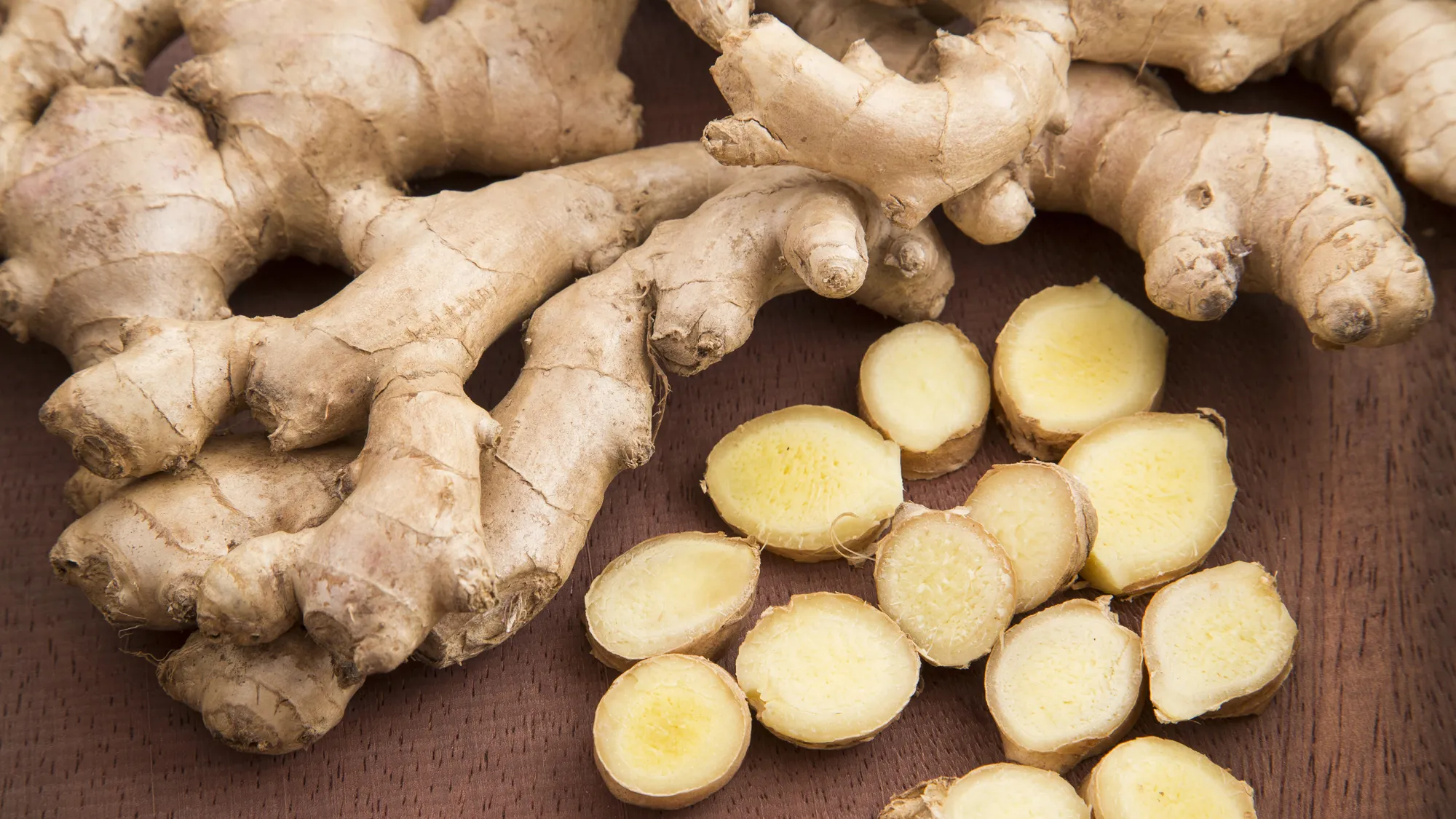
In recent years, there’s been a noticeable shift toward embracing natural remedies for pain relief.
Many individuals are opting for natural alternatives over conventional medications, in search of effective relief without the common side effects of pharmaceuticals.
Derived from herbs, plants, and other natural sources, these remedies have a long-standing history in traditional healing systems across cultures. They not only ease symptoms but often work at the root of pain—offering a more holistic way to manage discomfort.
Why Turn to Natural Remedies?
Compared to standard medications, natural pain relievers often carry fewer risks and are generally more affordable. They’re also easier to integrate with other health practices and offer a sustainable path to wellness, thanks to their renewable origins.
Many of these remedies provide additional health advantages—anti-inflammatory effects, antioxidants, and essential nutrients that support your overall body systems.
- Pineapple: A Tropical Ally for Digestion and Bloating
Pineapple is rich in bromelain, an enzyme that aids digestion and reduces swelling. It’s particularly helpful for easing bloating and upset stomach by breaking down proteins in the digestive tract. Alongside this, pineapple delivers a boost of vitamin C and manganese, supporting your immune system and general well-being.

- Blueberries: A Berry Boost for Bladder Health
Loaded with antioxidants, blueberries promote urinary tract health. They contain compounds that prevent bacteria from clinging to the bladder lining, lowering the chances of infection.
Their natural anti-inflammatory properties also soothe discomfort linked to bladder issues. Regularly eating blueberries can help maintain bladder health and ease pain.
- Turmeric: The Golden Answer to Chronic Pain
Famed for its anti-inflammatory powers, turmeric owes its pain-fighting strength to curcumin, its primary active compound. Curcumin has been widely researched for reducing chronic pain, especially in conditions like arthritis.
It works by blocking inflammatory pathways in the body. Turmeric can be added to meals, taken as a supplement, or brewed into tea for a versatile approach to pain relief.
- Castor Oil: A Traditional Fix for Back Discomfort
Used for generations, castor oil offers natural relief from back pain. It contains ricinoleic acid, known for its anti-inflammatory and analgesic effects.
When applied to the skin, it can penetrate deeply to soothe sore muscles and joints. Castor oil is frequently used in massage treatments or as a compress to relieve tension and discomfort.
- Ginger: A Spicy Way to Ease Inflammation
Ginger is well-known for calming inflammation and reducing pain, thanks to gingerol, a compound with potent antioxidant and anti-inflammatory effects.
It’s especially effective for treating menstrual cramps and osteoarthritis. Ginger can be used fresh, brewed as tea, or taken as a supplement—making it an easy and powerful remedy.

- Peppermint: Cool Relief for Headaches
Peppermint oil is a go-to for easing tension headaches and migraines. Its menthol content provides a cooling sensation and helps relax muscles.
Applying diluted peppermint oil to the temples and forehead can deliver quick headache relief. Sipping peppermint tea can also calm digestive troubles that sometimes lead to head pain.
- Cloves: A Natural Remedy for Tooth Pain
Cloves have long been valued for relieving toothaches. Their key ingredient, eugenol, offers natural anesthetic and antibacterial effects.
To soothe tooth pain, apply clove oil to a cotton ball and place it directly on the sore area. Cloves also help fight harmful bacteria, contributing to better oral hygiene.
- Capsaicin: The Fiery Fix for Joint Pain
Found in chili peppers, capsaicin is famous for alleviating joint pain. It works by depleting substance P, a neurotransmitter responsible for sending pain signals to the brain.
Applied topically as a cream, capsaicin can reduce inflammation and pain in arthritis sufferers. The warming effect also boosts circulation and loosens tight muscles.

- Willow Bark: Nature’s Answer to Aspirin
An age-old pain reliever, willow bark contains salicin, a natural compound similar to aspirin.
It offers anti-inflammatory and pain-relieving benefits, making it ideal for headaches, back pain, and osteoarthritis. Willow bark is typically taken as tea or supplements and serves as a natural alternative to over-the-counter painkillers.
- Valerian Root: A Soothing Herb for Muscle Pain
Known for its calming and sedative effects, valerian root is helpful in relieving muscle pain and tension.
It increases GABA levels in the brain, promoting muscle relaxation and pain relief. Commonly used for cramps, spasms, and tension headaches, valerian is available in tea or capsule form—offering a gentle and natural way to unwind and heal.
Final Thoughts: Tapping Into Nature’s Medicine Cabinet
Natural pain remedies present a compelling alternative to traditional drugs—offering relief without harsh side effects. By incorporating these healing plants and herbs into your daily wellness routine, you can address pain at its source while boosting your overall health.
As always, consult a healthcare provider before trying any new treatments, especially if you have medical conditions or take other medications. Choosing nature’s pharmacy means choosing a balanced, mindful, and holistic path toward healing.



